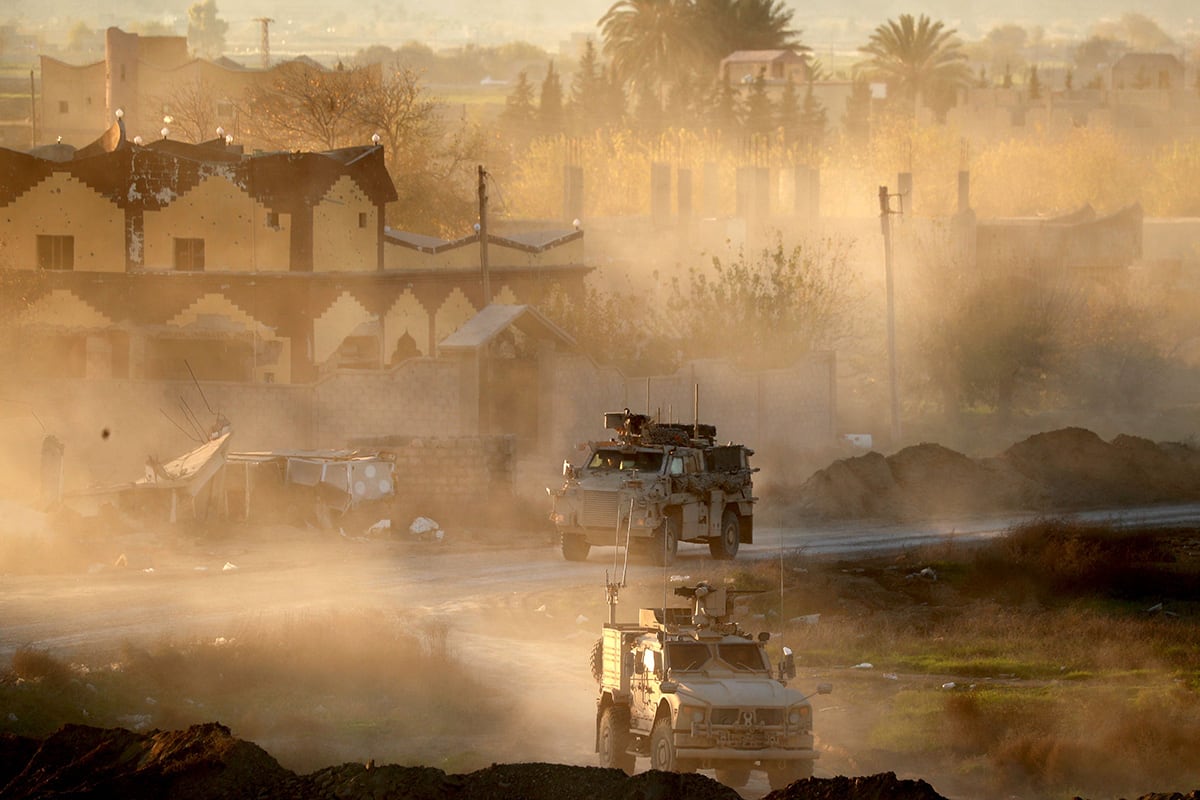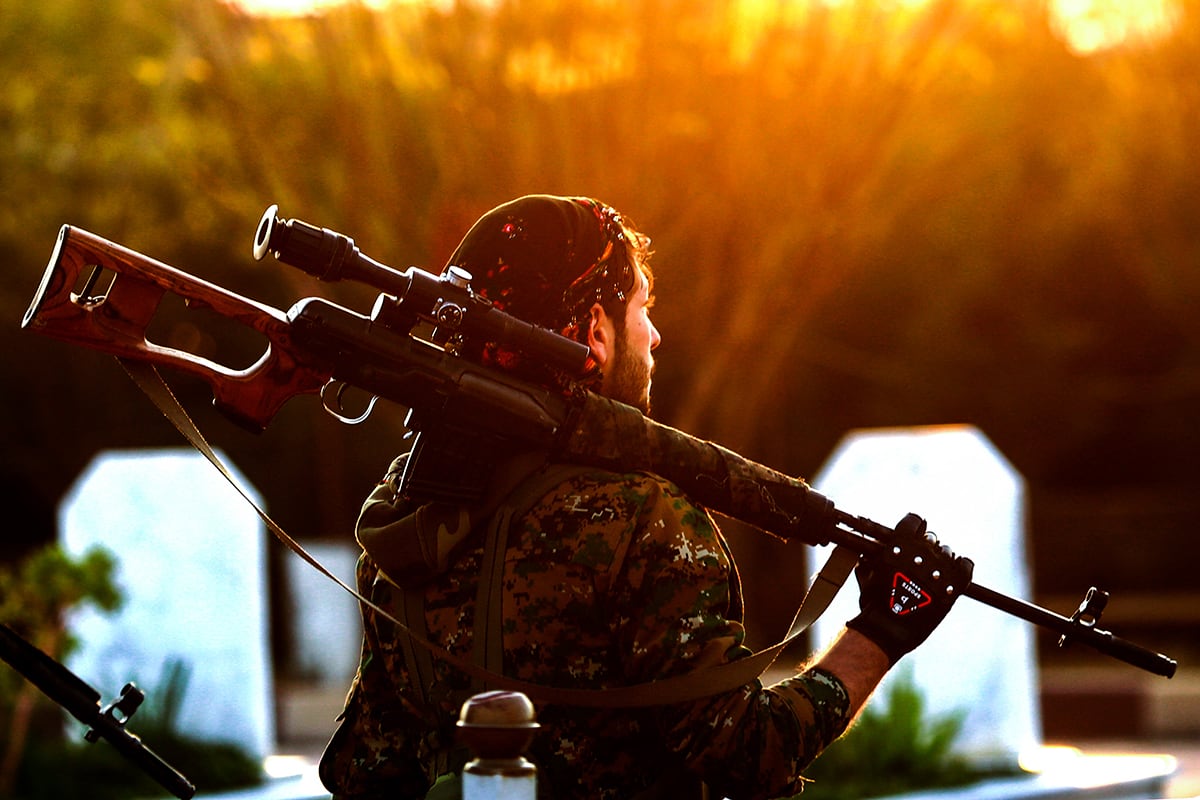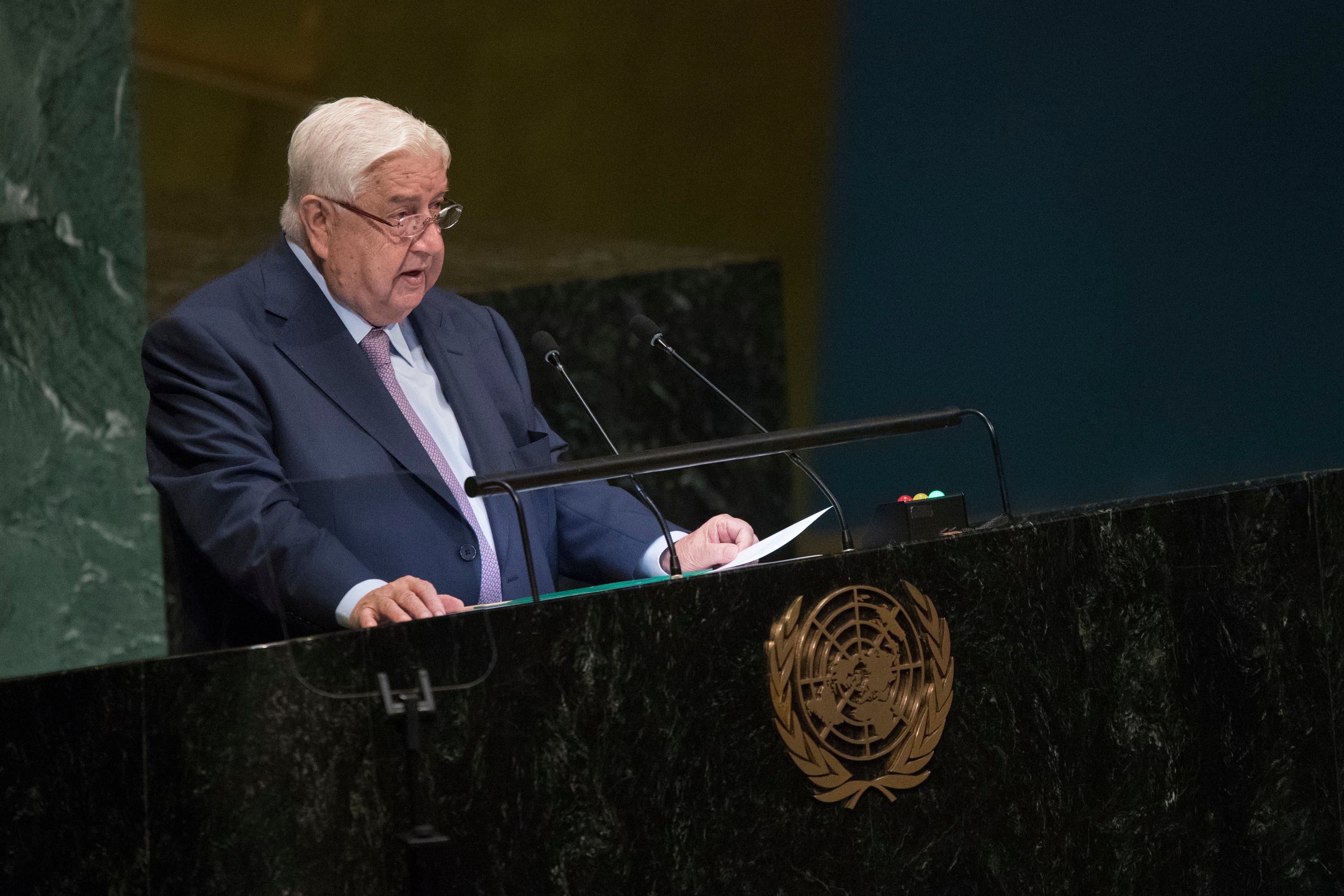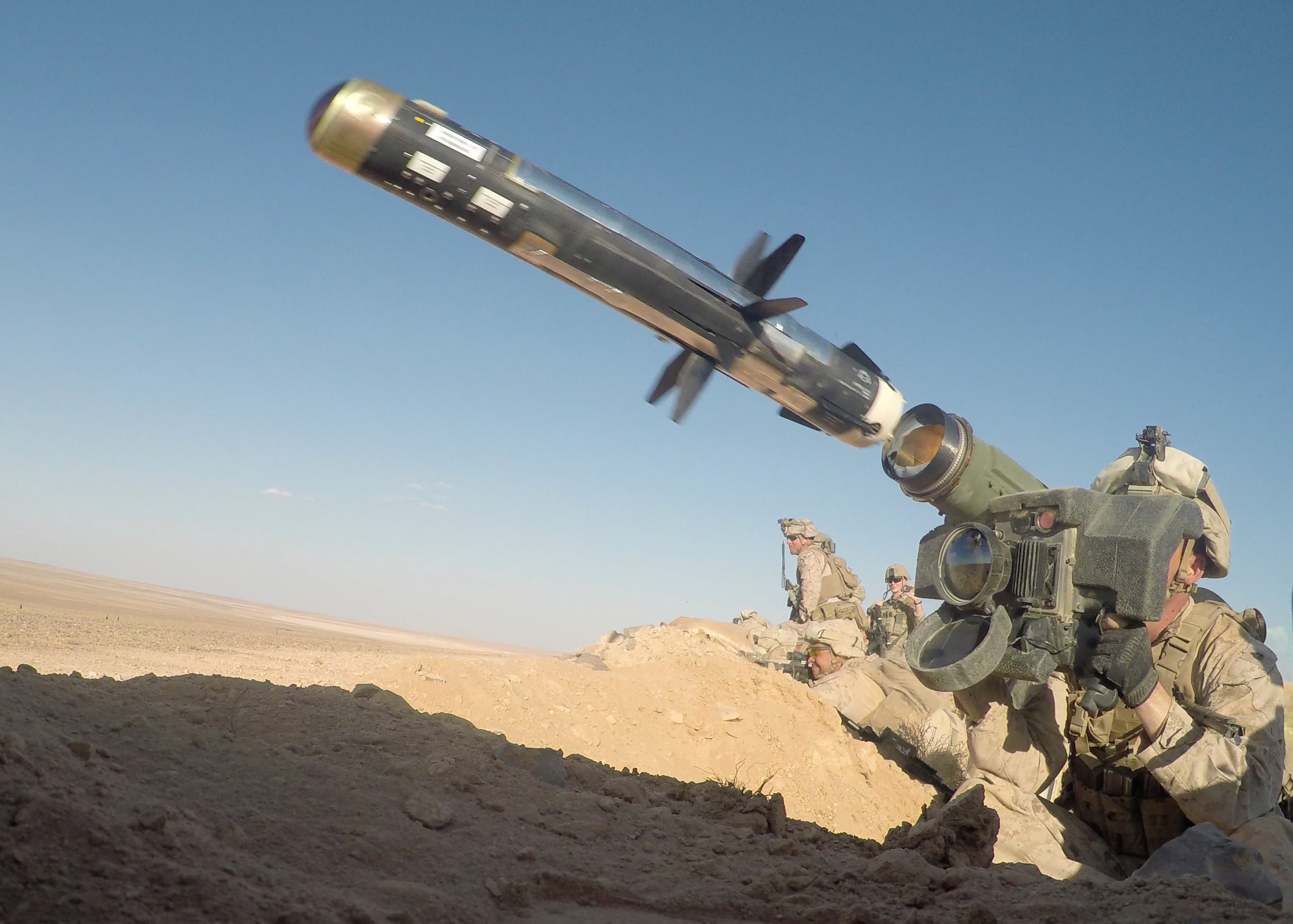The Trump administration’s sudden decision to order the immediate withdrawal of U.S. forces from Syria has caught the U.S. national security establishment by surprise — with many experts calling the decision a mistake.
President Donald Trump tweeted on Wednesday that ISIS had been defeated in the region, but many experts and national security analysts say that’s not the case.
“I think the most critical problem with this decision is actually the simplest: ISIS is not defeated,” said Jennifer Cafarella, an expert covering the Syria conflict for the Institute for the Study of War.
For one, ISIS still holds onto some rural villages scattered across the Middle Euphrates River Valley, where the terrorist group has shown some resiliency in launching large-scale counteroffensives.
Trump’s tweet came several days after U.S. partner forces liberated the last urban ISIS stronghold of Hajin, Syria, following months of coalition air and artillery support.

The Trump administration believes the remaining 1 percent of ISIS fighters can be eliminated by other regional and partner forces, a senior administration official told reporters Wednesday evening.
But ISIS has shown itself capable of bouncing back, even after major defeats and setbacks on the battlefield, and it’s not entirely clear U.S. partner forces have the willingness or ability to clear small scattered pockets of ISIS fighters without coalition support.
A potential major spoiler for the White House plan could be a large-scale Turkish military incursion into northern Syria to root out Kurdish fighters in the region — upending the primary U.S. ally fighting ISIS in the Euphrates Valley.
Such an operation would buy ISIS time and space to regroup and plan their next steps.
RELATED

At the end of October, ISIS fighters launched a major attack as the local weather limited the U.S.-led coalition’s ability to back its partner force known as the Syrian Democratic Forces, or SDF, with air power.
The Associated Press reported that nearly 40 SDF fighters were killed and some captured in the large-scale ISIS counteroffensive.
In fall 2017, ISIS fighters attempted a similar feat against Russian and Syrian regime forces near al-Shula.
ISIS’ propaganda outlet Amaq claimed the attacks resulted in the deaths of 65 Russian and Syrian troops, and the capture of two Russian soldiers. Amaq posted images of the captured troops.
Despite Russia’s rosy assessments of Syrian President Bashar al-Assad’s ability to counter ISIS in the region, his regime’s battle record against the terror group has mixed reviews.
“Trump’s own Defense Department has been saying that Assad doesn’t have the will or ability to keep ISIS from re-surging in regime-held areas,” Cafarella said.
And without U.S. and coalition air support, the very real possibility exists that ISIS could break through SDF lines and re-capture lost territory.
ISIS is still operational
Attacks by ISIS militants in the vicinity of Hajin are still ongoing today.
U.S. military officials say a couple thousand ISIS fighters are still operating in the region.
And it’s not just territory ISIS could win back. The coalition’s inability thus far to help partner forces piece together the ruins of major urban population centers after liberation from ISIS has put the entire campaign at risk — giving ISIS fighters potentially a political and propaganda victory.
“ISIS is already gaining in eastern Syria in political terms — putting aside the still-unfinished shreds of the “caliphate” around Hajin,” said Kyle Orton, an expert on the Syrian civil war and former research fellow at the Henry Jackson Society.
“The PKK’s exclusivist and repressive governance, which has failed even to provide basic security against ISIS guerrilla attacks and assassinations, combined with the lack of international action to rebuild, has meant the Arab-majority zones like Deir Ezzor and particularly Raqqa have been simmering for months, providing ISIS with space to move,” Orton explained.

The SDF are comprised of a number of Syrian militia groups. Most controversial among them is the YPG and YPJ, a Kurdish group with deep connections to the internationally recognized terrorist group, the Kurdistan Workers' Party, or PKK.
America’s reliance and partnership with the SDF has strained relations between Washington and Ankara, as Turkey sees the rise of a semi-autonomous Kurdish region on its borders as a terrorist threat.
But Orton’s argument that failures to rebuild regions left in utter ruin by U.S. and coalition air support has been sung by other U.S. officials.
“We recognize the long-term stability in these areas must come from civil and diplomatic lines of effort, with the support of the Global Coalition, and we remain committed to ensuring these organizations can do their job in a safe and secure environment so that essential services can be restored, markets and schools can reopen, and life can return to normalcy,” the former spokesman for Operation Inherent Resolve. Col. Ryan Dillon said in February.
It’s a realization that the task of defeating ISIS goes beyond the physical dropping of bombs and capturing of terrain. It also involves ensuring a functioning society that can maintain stability in a post-ISIS world, and further denying ISIS propaganda efforts.
But the U.S. has been reluctant to engage in what it views as a nation-building mission or pay the bill for the expensive endeavor.
“Don’t look to the United States to fit the bill for long-term reconstruction,” said Brett McGurk, Trump’s special presidential envoy for the Global Coalition to Defeat ISIS, Time reported.
Russia and Iran
Analysts and national security experts on Wednesday also described the Trump administration’s decision to withdraw from Syria as conceding to some of America’s major geopolitical foes.
The former supreme allied commander of NATO, retired Adm. James Stavridis, took to social media Wednesday to call the White House’s decision the “wrong move.”
“Pulling troops out of Syria in an ongoing fight is a big mistake. Like waking away from a forest fire that is still smoldering underfoot,” Stavridis wrote.
The former NATO commander added that the big winners from the U.S. leaving the region would be Iran, Russia, and Syrian President Bashar al-Assad.
RELATED

Allies could also be hurt. A small U.S. garrison near the Iraq-Syria border called Tanf exists largely to keep Iranian influence at bay and to help defend Jordan’s border from ISIS fighters creeping through the desert.
The base has been the focus of much drama between Russia, Syrian regime forces and their Iranian proxy allies and a symbol of America’s entanglement in the politics of Syria’s civil war. Several times the base has had to defend itself from proxy forces aligned to the Syrian regime by launching deadly air and artillery strikes against encroaching forces.

“In the maelstrom of changing front lines, as Turkey and the pro-Assad coalition carved up Rojava, ISIS would surely find more openings to exploit,” Orton said. Rojava refers to the self-governing Kurdish cantons of northern Syria.
It’s still unclear what the actual status is of American troops on the ground in Syria.
"The Coalition has liberated the ISIS-held territory, but the campaign against ISIS is not over. We have started the process of returning U.S. troops home from Syria as we transition to the next phase of the campaign,” Dana W. White, chief Pentagon spokeswoman, told reporters in an statement Wednesday.
White House Press Secretary Sarah Sanders made similarly ambiguous remarks. "These victories over ISIS in Syria do not signal the end of the Global Coalition or its campaign. We have started returning United States troops home as we transition to the next phase of this campaign,” Sanders said.
How many troops are returning home and when is currently a mystery. A senior U.S. administration official told reporters Wednesday evening that a timeline of withdrawal was still being worked with the Pentagon.
Shawn Snow is the senior reporter for Marine Corps Times and a Marine Corps veteran.




